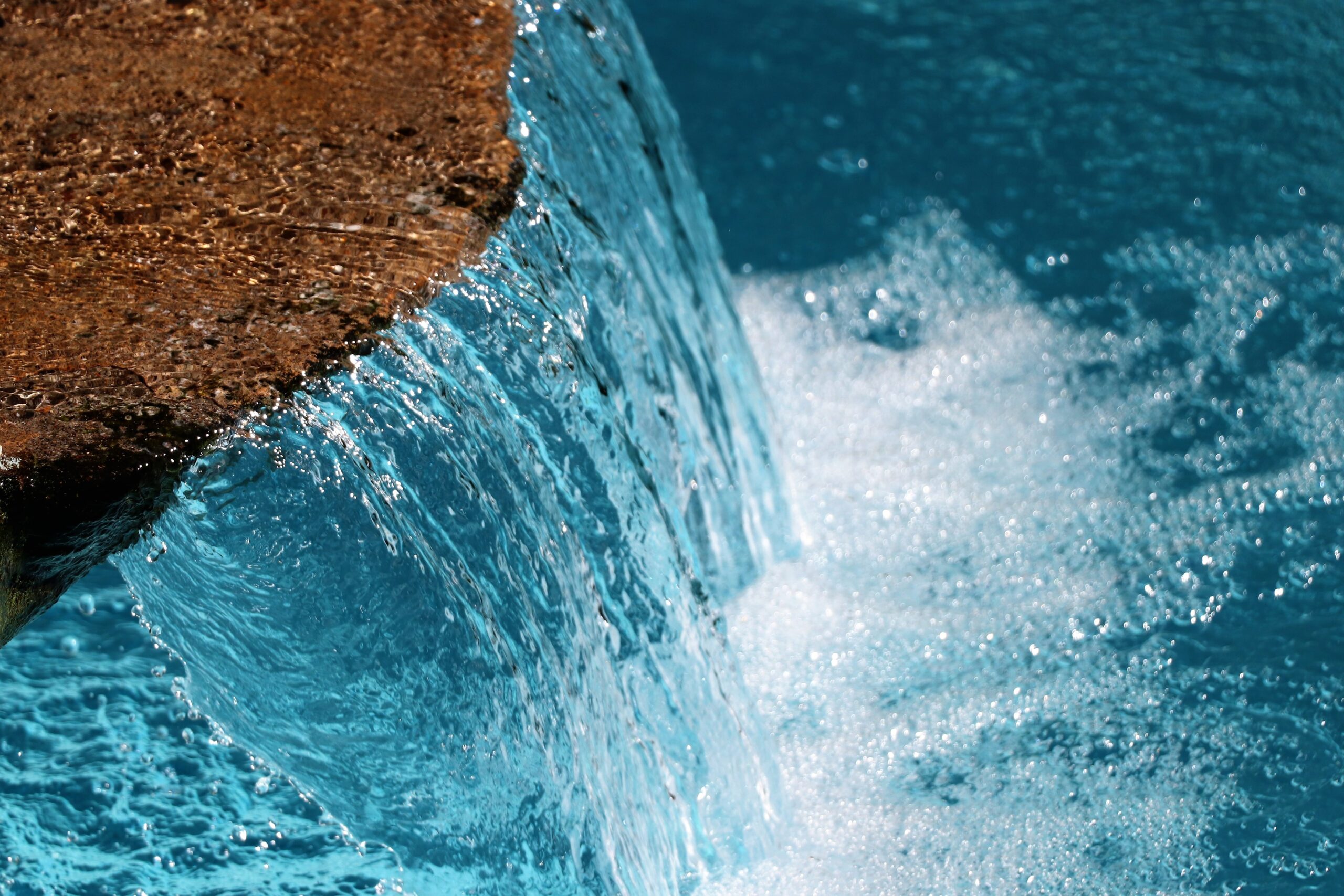Pest Solution
“Unleash the Power of Pest-Free Living: Your Shield, Your Sanctuary – Where Every Solution Begins with Us!“
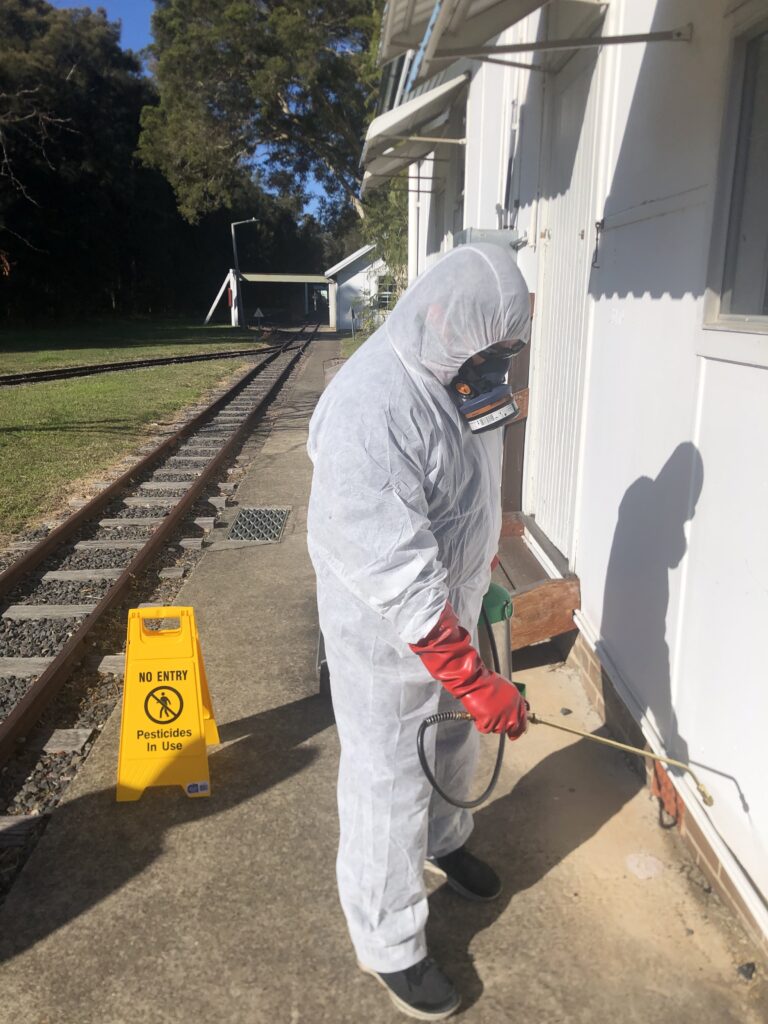
The Drain Rescuer – Pest Solution
Welcome to The Drain Rescuer – Pest Solution, where cutting-edge technology meets eco-friendly practices to safeguard your home from unwanted pests. At The Drain Rescuer, we pride ourselves on being at the forefront of pest control, utilising advanced technologies to target and eliminate pests with unparalleled precision. Our commitment to sustainability is evident in our eco-friendly approach, as we prioritise the use of environmentally conscious solutions. With The Drain Rescuer – Pest Solutions, you can trust that your pest control needs are met with the perfect blend of innovation and environmental responsibility. Experience a pest-free home without compromising the planet – choose The Drain Rescuer for a technologically advanced and eco-friendly solution.
Common Pests in Homes and Businesses
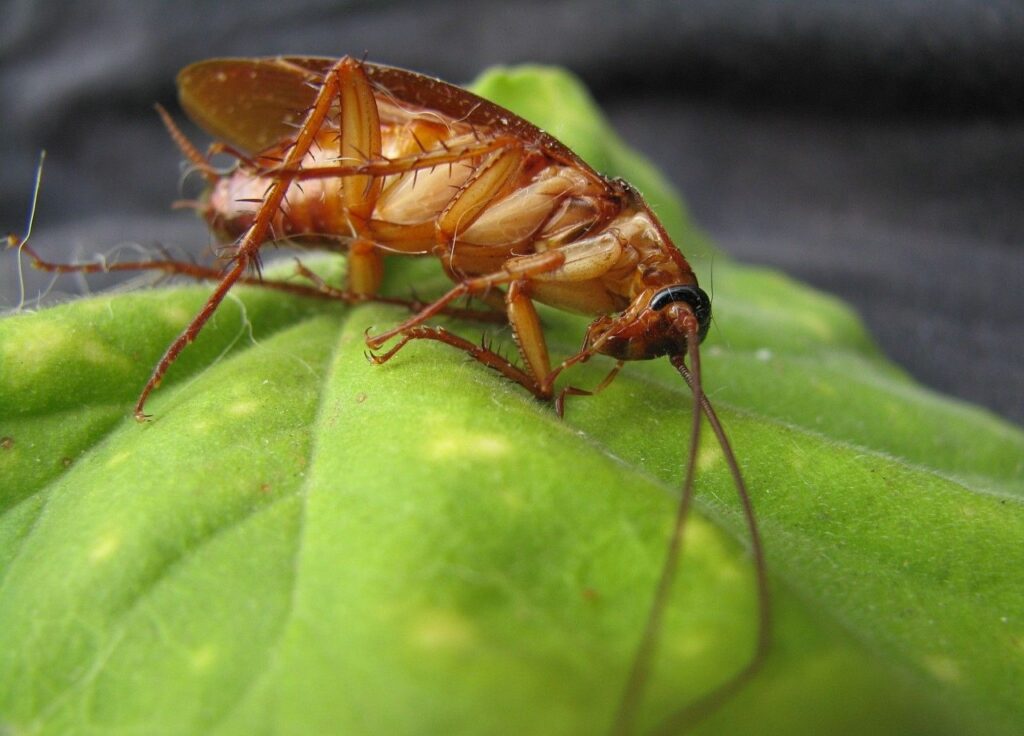
Cockroach
Cockroaches are classified as pests due to their potential health risks and property damage. They carry and spread various pathogens, allergens, and bacteria, posing a threat to human health. Their presence in homes and businesses can lead to food contamination, triggering allergies and respiratory issues in susceptible individuals. Cockroaches are notorious for their rapid reproduction, making infestations challenging to control without proper measures. Additionally, their scavenging habits and ability to damage various materials, including food and property, underscore the importance of effective pest control to maintain a safe and healthy living or working environment.
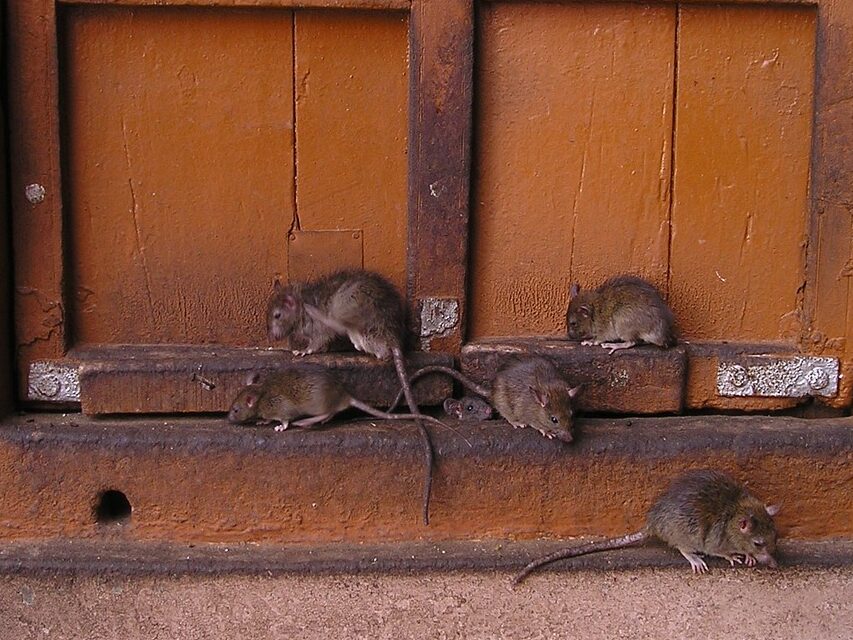
Rodents
Rodents are considered pests due to their potential to transmit diseases, contaminate food, and cause property damage. These prolific breeders pose significant health risks to humans through the transmission of various diseases via their urine, feces, and saliva. Their destructive gnawing habits can lead to structural damage, electrical issues, and compromised food safety in residential, commercial, and agricultural settings. Rapid reproduction further intensifies the challenges of controlling rodent infestations. Additionally, rodents can have detrimental effects on the environment, disrupting ecosystems and competing with native species. Effective rodent control measures are crucial to mitigate these risks and safeguard human health, property, and the environment.
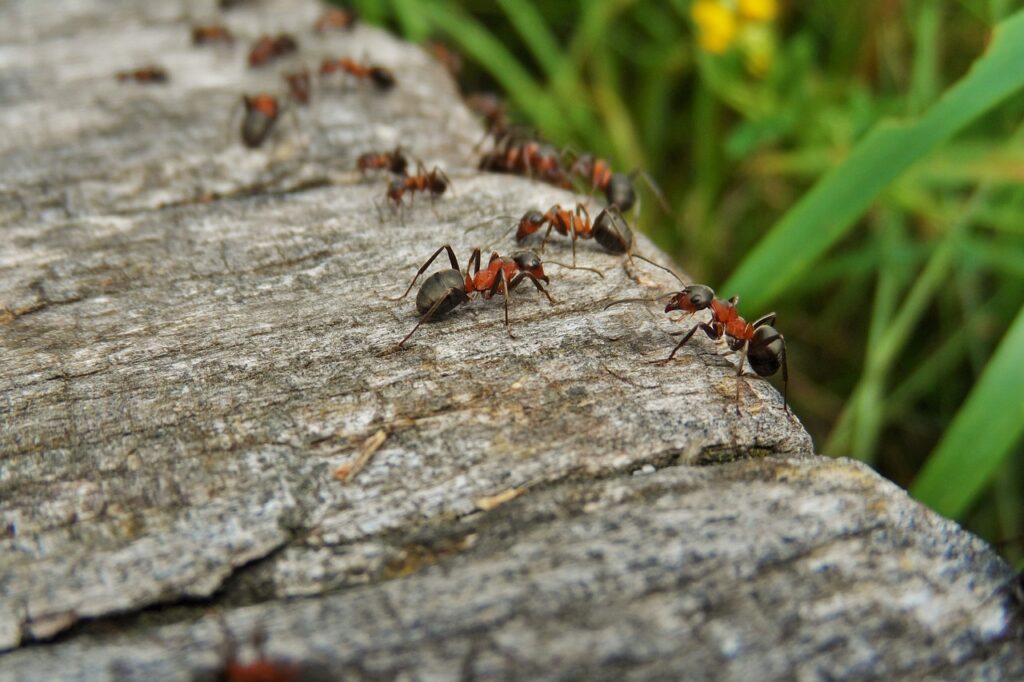
Ants
Rodents are considered pests due to their potential to transmit diseases, contaminate food, and cause property damage. These prolific breeders pose significant health risks to humans through the transmission of various diseases via their urine, feces, and saliva. Their destructive gnawing habits can lead to structural damage, electrical issues, and compromised food safety in residential, commercial, and agricultural settings. Rapid reproduction further intensifies the challenges of controlling rodent infestations. Additionally, rodents can have detrimental effects on the environment, disrupting ecosystems and competing with native species. Effective rodent control measures are crucial to mitigate these risks and safeguard human health, property, and the environment.
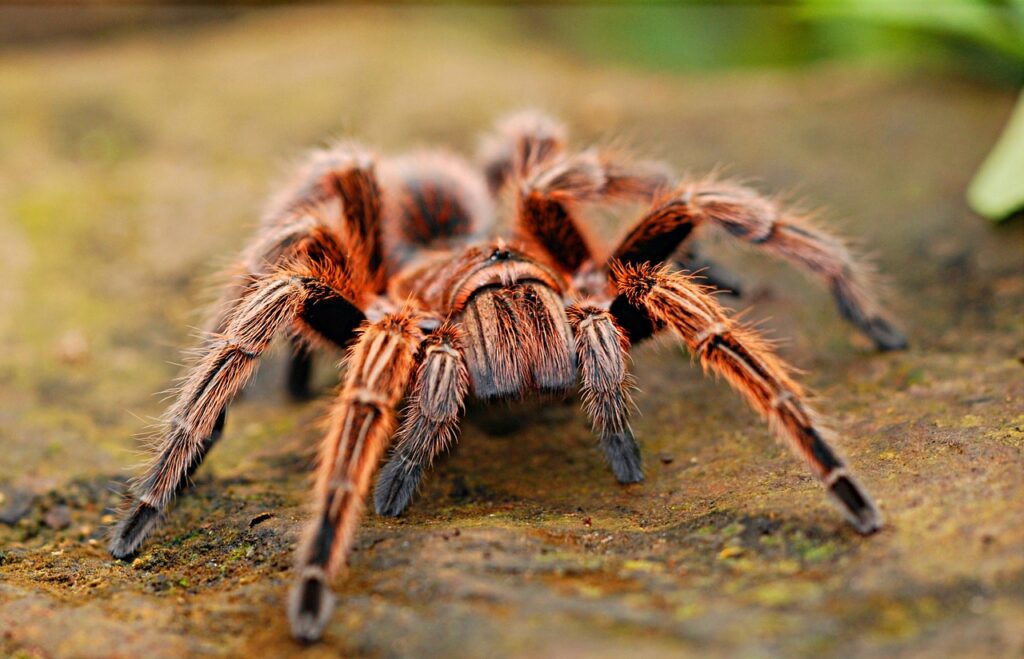
Spider
Spiders are generally not considered pests in the same category as insects that may pose health or structural risks. However, some people classify them as pests due to the fear and discomfort associated with their presence. Certain spider species can bite, and though most bites are harmless, some can cause mild to moderate reactions. Venomous spiders, like the black widow or brown recluse, can potentially pose more serious health threats. Moreover, spider webs can accumulate dust and contribute to an untidy appearance in homes. While spiders play a crucial role in controlling insect populations, their presence can be unwelcome in living spaces. Effective pest management strategies often involve minimizing conducive conditions for spiders without causing harm to the beneficial aspects of their ecological role.
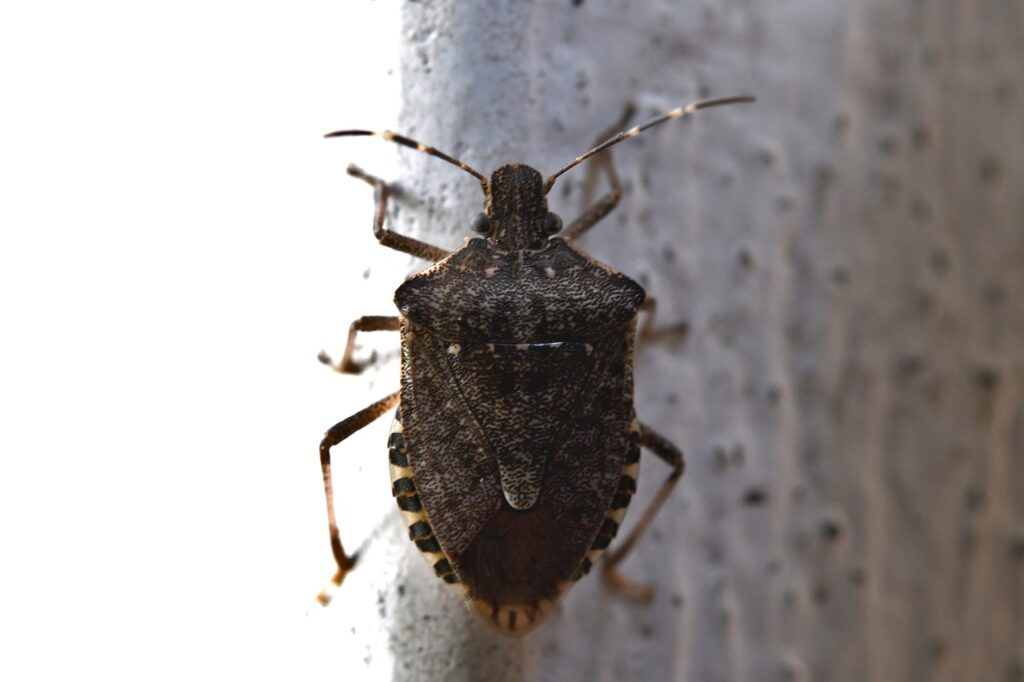
Bedbugs
Bedbugs are considered pests due to their parasitic nature and the significant impact they have on human well-being. These nocturnal insects feed on the blood of humans and animals, causing itchy welts and skin irritation. Infestations are notoriously challenging to eradicate, as bedbugs can hide in tiny cracks and crevices, making detection and elimination difficult. Beyond the physical discomfort and potential allergic reactions resulting from bites, the psychological toll of dealing with a bedbug infestation, including anxiety and sleep disturbances, adds to the reasons they are classified as pests. Bedbugs can quickly spread within homes, hotels, and other accommodations, making effective pest management crucial for preventing their resurgence and ensuring a healthy living environment.
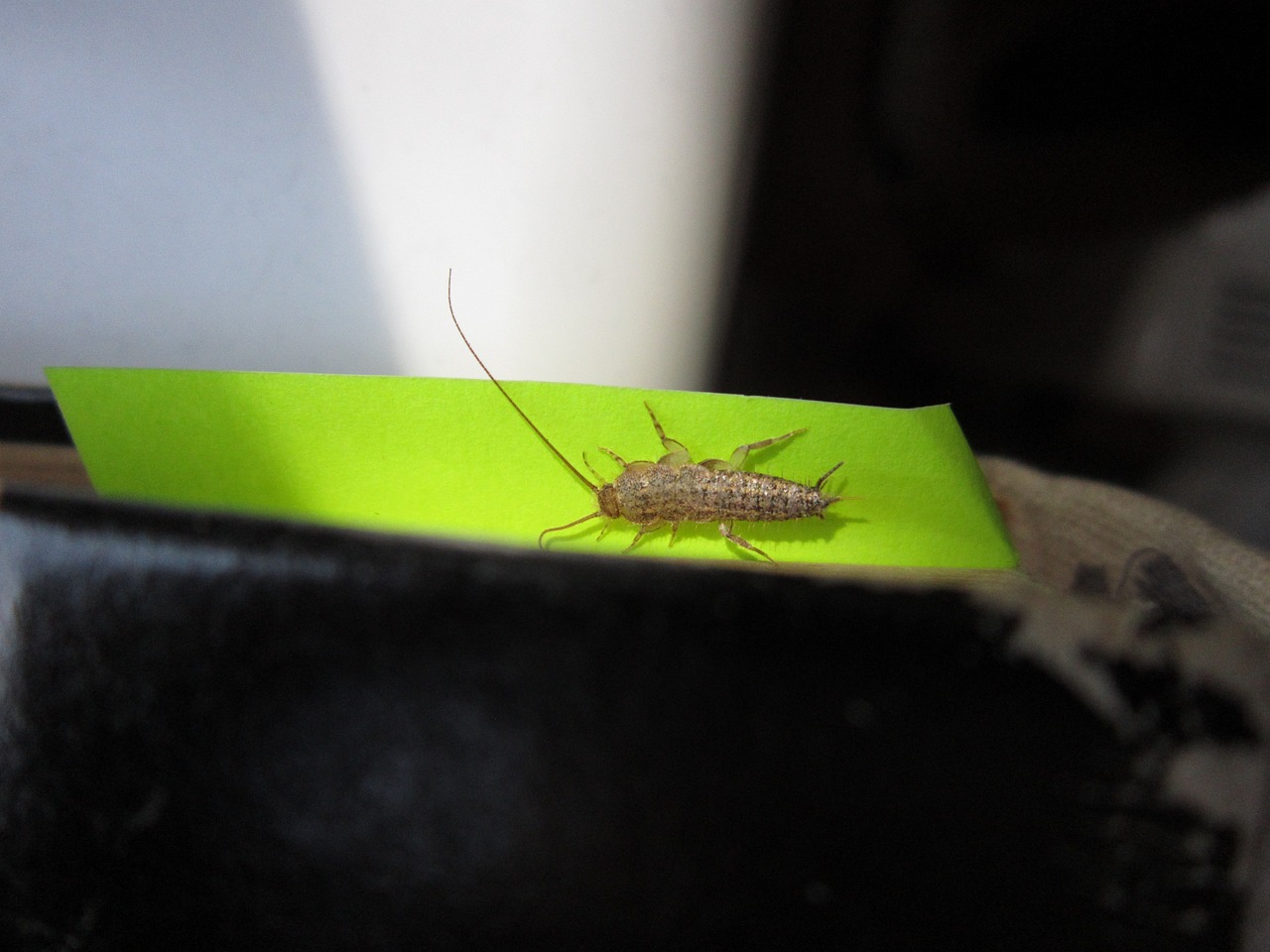
Silverfish
Silverfish are considered pests primarily due to their destructive feeding habits and their ability to damage various household items. These small, wingless insects are attracted to starchy substances, such as paper, glue, clothing, and book bindings. Their feeding activity can result in irreparable damage to books, documents, wallpaper, and fabrics. Silverfish infestations are particularly problematic in humid environments, as they thrive in such conditions. While silverfish do not pose direct health risks to humans, their presence can be distressing, and the damage they cause to personal belongings makes them undesirable in homes. Effective pest control measures are often necessary to prevent or manage silverfish infestations, protecting valuable items and maintaining a pest-free living space.
